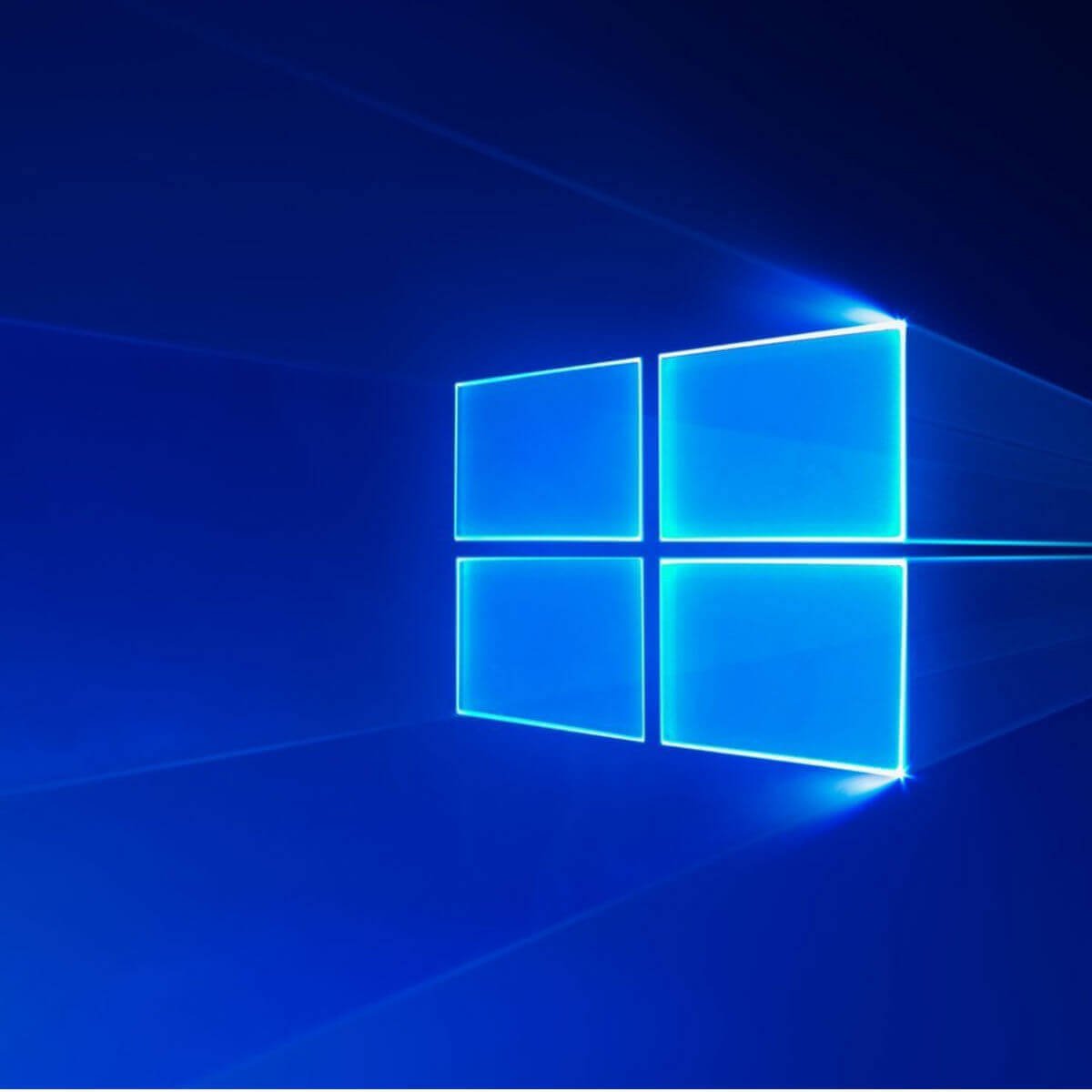

If the operating system's DirectX graphics kernel subsystem (Dxgkrnl.sys) doesn't call the DxgkDdiQueryInterface function to query the Miracast display interface, then it doesn't support Miracast wireless displays, and the display miniport driver shouldn't report any Miracast target. If the WDDM 8.1 display miniport driver supports Miracast displays, it must report the DXGK_MIRACAST_DISPLAY_INTERFACE structure, which has pointers to driver-implemented Miracast functions, when the Microsoft DirectX graphics kernel subsystem calls the DxgkDdiQueryInterface function. To support Miracast wireless displays on Windows 8.1, WDDM 1.3 display miniport drivers that run in kernel mode need to do the following tasks. Microsoft might remove support for custom Miracast stacks in a future version of Windows. The relevant WHLK documentation at .WirelessDisplayĭriver developers should no longer implement a custom Miracast stack. For information about the Microsoft Miracast stack and the requirements of drivers and hardware to support Miracast displays starting in Windows 10, see the following documentation:īuilding best-in-class Wireless projection solutions with Windows 10

Starting in Windows 10 (WDDM 2.0), the operating system ships with a built-in Miracast stack that can work on any GPU.


 0 kommentar(er)
0 kommentar(er)
